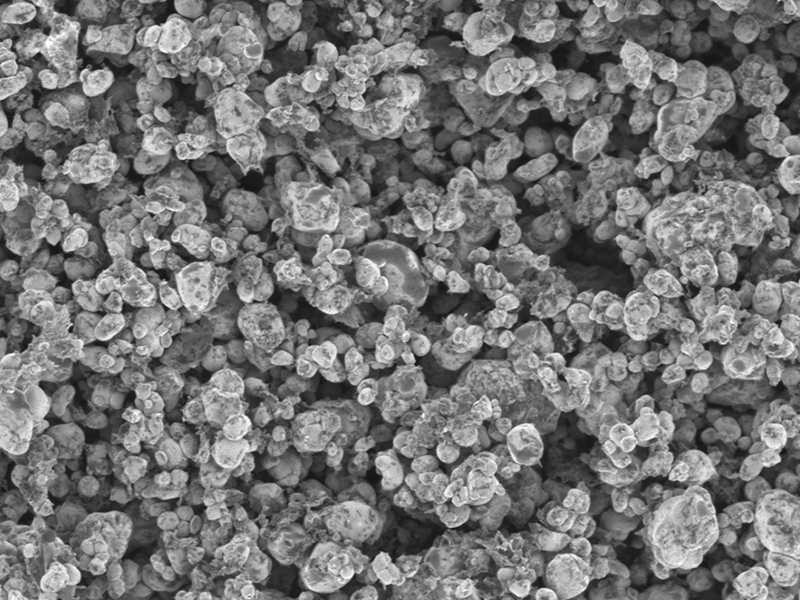Lithium Iron Phosphate: Empowering the Evolution of Energy Storage
Release time:
2025-03-19
In the quest for sustainable and efficient energy storage solutions, lithium iron phosphate (LFP) has emerged as a frontrunner. This remarkable material is revolutionizing industries ranging from electric vehicles to renewable energy, offering a host of advantages that make it a compelling choice for the future.
Lithium iron phosphate, often abbreviated as LFP, is a type of cathode material used in lithium-ion batteries. What sets it apart is its unique combination of properties. LFP boasts exceptional thermal stability, minimizing the risk of overheating and thermal runaway, a crucial factor in ensuring the safety of battery systems. This stability is particularly vital in applications where batteries are subjected to varying environmental conditions and high loads.

One of the standout features of LFP is its long cycle life. Unlike some other battery chemistries that degrade rapidly after a limited number of charge-discharge cycles, LFP batteries can withstand thousands of cycles with minimal capacity loss. This extended lifespan translates to a lower total cost of ownership over the lifetime of the battery, making it an economical choice in the long run.
Safety is paramount in the world of energy storage, and LFP excels in this aspect. Its inherent chemical stability reduces the likelihood of dangerous reactions, even under extreme conditions. This has led to widespread adoption of LFP batteries in applications where reliability and safety are non-negotiable, such as in the growing electric vehicle market.
The environmental impact of battery production and disposal is also a significant concern. LFP offers a more environmentally friendly alternative compared to some other lithium-ion battery chemistries. It contains no rare earth metals and has a lower toxicity level, which facilitates easier recycling and reduces the overall environmental footprint.
In terms of performance, LFP delivers a good balance of energy density and power density. While it may not match the peak energy density of some other lithium-ion technologies, it provides sufficient power for a wide range of applications. Its ability to deliver consistent power output over a long period makes it ideal for use cases that require sustained energy delivery, such as in grid storage for renewable energy sources.
The versatility of LFP extends beyond traditional fields. It is finding increasing use in off-grid solar power systems, where its long life and safety characteristics are highly valued. It is also being explored for use in large-scale energy storage projects that aim to stabilize the intermittent nature of renewable energy generation, such as from solar and wind farms.
As research and development in battery technology continue to advance, lithium iron phosphate is likely to play an even more significant role. Scientists and engineers are constantly exploring ways to enhance its performance, further reducing costs and improving its already impressive properties. With ongoing innovations, LFP has the potential to become the backbone of a more sustainable and reliable energy storage infrastructure.
In conclusion, lithium iron phosphate stands out as a beacon of hope in the pursuit of efficient and sustainable energy storage. Its unique blend of safety, longevity, environmental friendliness, and performance makes it a key component in powering the evolution of various industries towards a greener and more reliable future. As we continue to transition away from fossil fuels and embrace renewable energy, LFP will undoubtedly remain at the forefront of this transformation.
Latest News
2025-02-20

HOW CAN WE HELP ?
Get In Touch With Us!
Related Link:







